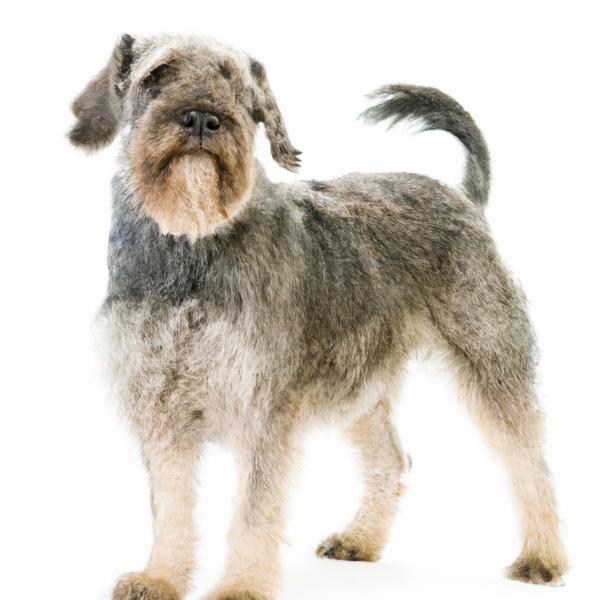Schneagle vs. Rotterman: Breed Differences and Similarities
Hypoallergenic
Are Schneagles or Rottermans hypoallergenic, or neither?
Unfortunately, neither Schneagle nor Rotterman are hypoallergenic, which may not make them the best choice for dog lovers who suffer from pet allergies.
Temperament
What are the personalities of Schneagle and Rotterman dogs?
Playful
Loving
Independent
Intelligent
Friendly
Devoted
Lively
Gentle
Sweet
Trainable
Good-natured
Independent
Energetic
Protective
Alert
Courageous
Intelligent
Obedient
Loyal
Fearless
Good-natured
Shedding Level
Do Schneagles shed more than Rottermans, or which breed sheds more, Schneagles or Rottermans?
Schneagles are low shedding dogs, requiring minimal coat care.
Rottermans are moderate shedders, but regular brushing can reduce shedding and maintain coat health.
Watchdog Ability
Which dog breed makes a better watchdog, the Schneagle or Rotterman?
Schneagles aren't great guard dogs; they tend to just watch without taking action.
Choose a Rotterman if you want a top-notch watchdog. This breed takes guarding seriously, and may not require much training, though obedience or guard dog training can improve their skills.
Ancestry
What are the origins of Schneagle and Rotterman breeds?
Schnauzer and Beagle
Doberman Pinscher and Rottweiler
Date of Birth
When were Schneagle and Rotterman breeds first developed?
Unknown
Eye Color Possibilites
What are the eye colors of Schneagle and Rotterman dogs?
Hazel
Brown
Brown
Amber
Nose Color Possibilites
What are the natural nose colors of Schneagle and Rotterman?
Black
Black
Coat Color Possibilites
What are the natural colors of the coat for Schneagle and Rotterman breeds?
Black
Brown
Fawn
Pied
Sable
Black
Brown
Fawn
Coat Length
What is the typical coat length for Schneagle and Rotterman breeds?
Schneagles have coats that can be either short or medium in length.
Rottermans have short coats.
Coat Density
What is the density of the coat of Schneagle and Rotterman?
Coat Texture
What is the hair texture of Schneagle and Rotterman?
Wiry
Straight
Litter Size
What is the usual litter size for Schneagle and Rotterman?
A Schneagle can have a litter of 2-14 puppies on average. However, it's worth noting that the size of the litters can vary greatly. Factors that can influence litter size include the health of the mother, breeding history, and genetics.
A Rotterman can have a litter of 8-12 puppies on average. However, it's worth noting that the size of the litters can vary greatly. Factors that can influence litter size include the health of the mother, breeding history, and genetics.
Adaptability
The adaptability of Schneagle and Rotterman dogs is a well-known trait. They are known for being able to adjust well to different living environments and lifestyle changes.
Health Issues
Between Schneagle and Rotterman, which breed is more prone to health problems?
Schneagles are susceptible to health issues like all breeds, so it's important to monitor their health and seek veterinary care when needed.
Rottermans typically have low vet costs due to their good health, but it's important to monitor their health and seek vet care when necessary.
Major Concerns
What are the major health concerns for Schneagle and Rotterman breeds?
Patellar Luxation
Distichiasis
Cherry Eye
Glaucoma
Hip Dysplasia
Invertebral Disc Disease
Canine Hip Dysplasia (Chd)
Von Willebrand's Disease
Hypothyroidism
Mitral Valve Dysplasia
Gastric Dilation Volvulus (GDV) or Bloat
Joint Dysplasia
Minor Concerns
What minor health issues should be kept in mind when owning Schneagle and Rotterman?
Progressive Retinal Atrophy
Epilepsy
Skin Allergies
Eye Infections
Occasional Tests
What occasional tests are recommended for Schneagle and Rotterman breeds?
X-Rays
Eye Examination
Full Body Physical Examination especially of the joints
Electrocardiogram
Buccal Mucosal Screening
Regular Full Physical Examination By Veterinarian
Coagulation Assay
Blood Glucose Tests
Complete Ophthalmologic Examination
Blood Work and Serum Chemistry Tests
Skin Biopsy or Intradermal Tests for specific allergies
Urinalysis and Urine Culture
Energy
How do the energy levels of Schneagles and Rottermans compare?
Schneagles are suitable for those with a balanced lifestyle as they have an average energy level.
Rottermans' high energy levels make them unsuitable for a low-key dog, choose accordingly.
Social Needs
Schneagle vs Rotterman social needs comparison
Schneagle has very high social needs and requires regular mental and physical stimulation, a job or purpose, and companionship.
Rotterman has above average social needs and thrives with interaction with humans and other dogs.
Exercise Needed
Schneagle vs Rotterman exercise need comparison.
Schneagles need moderate physical activity and are great for families and active individuals.
Rottermans require significant physical activity and suit those with an active lifestyle.
Sleeping Need
Which of the two sleeps the most/least: Schneagle or Rotterman?
Schneagles sleep less than other breeds but still need adequate sleep for good health.
Rottermans have moderate energy levels and typical sleep patterns of 12-14 hours per day.
Tendency to Bark
Do Schneagles or Rottermans bark more/less frequently?
Schneagles bark moderately when necessary and may also bark due to certain triggers like fear, alarm, boredom, greeting, separation anxiety and compulsive barking.
The Rotterman is a vocal breed that frequently barks and howls, and may not be suitable for those seeking a quiet companion.
Mouthiness
Mouthiness Comparison: Schneagle vs Rotterman?
Roaming urge
Schneagle vs Labrador: Running away tendency?
Prey Drive
Schneagle or Rotterman - which breed has a higher level of prey drive?
Past times
What are some enjoyable activities and ways to keep Schneagle and Rotterman entertained?
Fetch, Walks, Running, Short walks, Napping, Go to Park, Sleep, Tug-of-war, Plays with kids, Walking, Football
Walk, Chasing around, Walking, Playing Ball, Dog Parks, Jogging, Dawn trotting, Catch treats, Tug-of-war, Fetch, Sleeping, Guard dog, Hide & Seek, Road trip, Cuddle, Run, Car rides, Beach, Fishing, Camping, Walks, Tug of war, Ball, Lots of pats, Training, Swimming, Hike, Frisbee
Activity Level
Which breed has higher energy, Schneagles or Rottermans?
Schneagles are low-energy dogs. This breed make a great companion for a relatively inactive person. Schneagle dogs require a few short daily walks, and then they're happy snuggling next to you for the rest of the day.
Rottermans are high-energy dogs. They need mental as well as physical exercise. These dogs require a lot of your involvement and without it they can, and will, become problematic dogs.
Tolerance of being left alone
Walks per Week
How many miles should Schneagle or Rotterman walk each week?
There's really no limit to how far you walk your dog as long as they're comfortable. For Schneagle, it's at least 5 miles / week. Just remember to build distance and stamina gradually over time.
There's really no limit to how far you walk your dog as long as they're comfortable. For Rotterman, it's at least 14 miles / week. Just remember to build distance and stamina gradually over time.
Activity per Day
Do Schneagles or Rottermans require more exercise?
In general most Schneagles usually need at least 30 minutes of exercise daily. This can be spread across the day and include all sorts of high-energy activities, like walking, running and playing.
In general most Rottermans usually need at least 90 minutes of exercise daily. This can be spread across the day and include all sorts of high-energy activities, like walking, running and playing.
Grooming
Which breed is easier to maintain in terms of grooming, Schneagles or Rottermans?
The Schneagle requires an average amount of grooming compared to other breeds.
The Rotterman has low grooming needs and is easy to maintain.
Brushing Frequency
What is the recommended brushing frequency for Schneagle and Rotterman dogs?
Schneagle and Rotterman should be brushed at least once a week. Of course, you can give them more frequent brushes if you find that they are still shedding a lot.
Brushing Tools
What brushing tools are used for Schneagles and Rottermans?
Pin Brush
Nail Clipper
Pin Brush
Slicker Brush
Deshedder
Nail Clipper
Cups
How much food should be given to Schneagle or Rotterman in cups?
For an average 20-25 pound (9 - 11 kg) Schneagle feed 1 cups daily. But, keep in mind, the amount you feed is going to be dependent on the quality of the food you are feeding.
For an average 70-130 pound (32 - 59 kg) Rotterman feed 3 cups daily. But, keep in mind, the amount you feed is going to be dependent on the quality of the food you are feeding.
Daily Cost
Which breed has a higher daily cost, Schneagle or Rotterman?
The average cost of a Schneagle is somewhere $1.40 - $1.40 per day.
The average cost of a Rotterman is somewhere $2.70 - $2.80 per day.
Monthly Cost
Which breed has a higher monthly cost, Schneagle or Rotterman?
The average per month expenses of a Schneagle is between $35 - $42. This makes an average of $420 - $504 per year. It will be on the higher side when the dog is still small because it will need more frequent visits to the vet, shots.
The average per month expenses of a Rotterman is between $55 - $73. This makes an average of $660 - $876 per year. It will be on the higher side when the dog is still small because it will need more frequent visits to the vet, shots.
Intelligence
Comparing Intelligence: Schneagles vs Rottermans
Schneagle is a very intelligent and trainable breed.
Rotterman is highly intelligent and very trainable.
Sensitivity Level
How do Schneagle and Rotterman compare in sensitivity?
This breed is sensitive and requires gentle handling and a calm home environment.
This breed is sensitive to its environment and best suited for patient and understanding families with a consistent routine.
Affection Dependance
Which is the more affectionate dog breed: Schneagle vs Rotterman?
Apartment Friendly
Which breed is more apartment-friendly: Schneagle or Rotterman?
Schneagles are good apartment dogs as long as they get enough exercise and stimulation outside of the apartment.
The Rotterman is a great apartment dog, thriving with sufficient exercise and time outside as part of their daily routine.
Child Friendly
Do Schneagles or Rottermans have a friendlier temperament towards children?
Schneagles make excellent family pets for kids due to their gentle, protective nature and calm temperament.
Rottermans have an average level of friendliness towards children.
Senior-friendly
Which dog is more suitable as a pet for the elderly - Schneagle or Rotterman?
Cat Friendly
Do Schneagle or Rotterman breeds have a better compatibility with cats?
Schneagles are good with cats, but early training is needed to prevent chasing behavior.
Rottermans are average in their friendliness toward cats and tend to do well with them, especially if raised together.
Dog Friendly
Which breed is more sociable with other dogs: Schneagle or Rotterman?
Schneagles are generally very friendly towards other dogs, with a happy and affectionate temperament.
Rottermans are less friendly towards other dogs, but can improve with socialization.
Pet friendly
How do Schneagle or Rotterman dogs interact with other pets?
Stranger Friendly
Which breed is more friendly with strangers: Schneagle or Rotterman?
Schneagles are friendly but may bark at strangers, and training is easy due to their intelligence.
Rottermans are not very stranger friendly.
Playfulness
Which breed is more playful between Schneagle and Rotterman?
Schneagles are very playful, so adopting an older one might be a better option for a more relaxed experience.
Rottermans have an average level of playfulness, enjoying playtime like most dogs but not excessively so.
Trainability
How do the trainability levels of Schneagles and Rottermans compare?
Schneagle and Rotterman dogs are known for their ease of training and ability to learn quickly, making them a popular choice for pet owners and trainers alike.
Compare Schneagle with other breeds
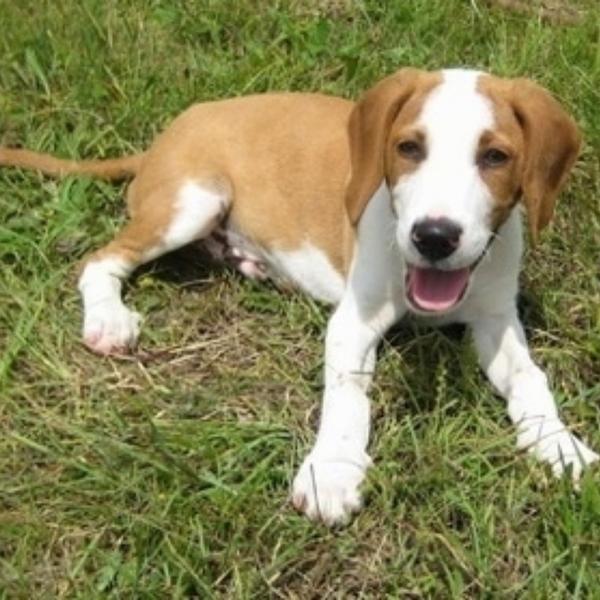
Posavac Hound
Schneagle vs Posavac Hound
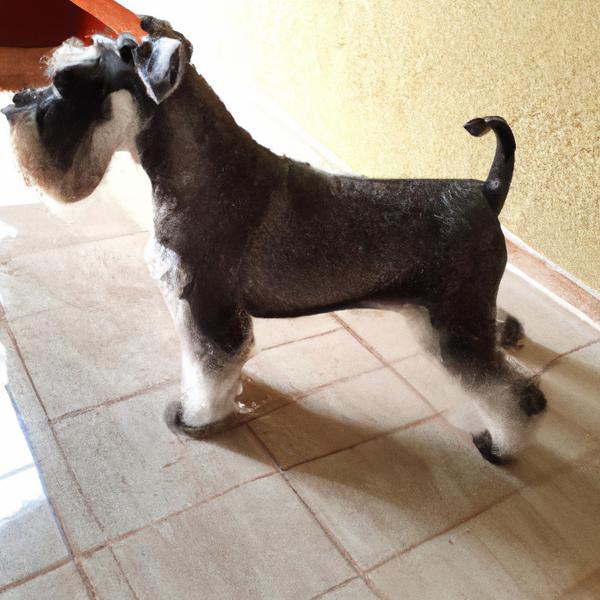
Bulldog Schnauzer
Schneagle vs Bulldog Schnauzer
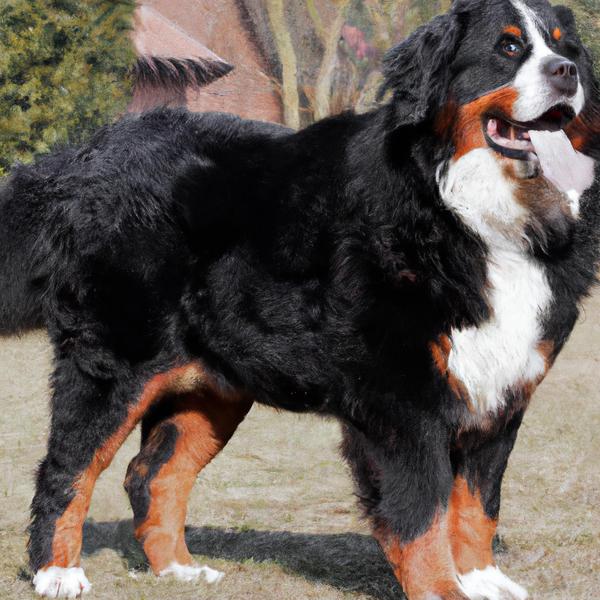
Great Bernese
Schneagle vs Great Bernese
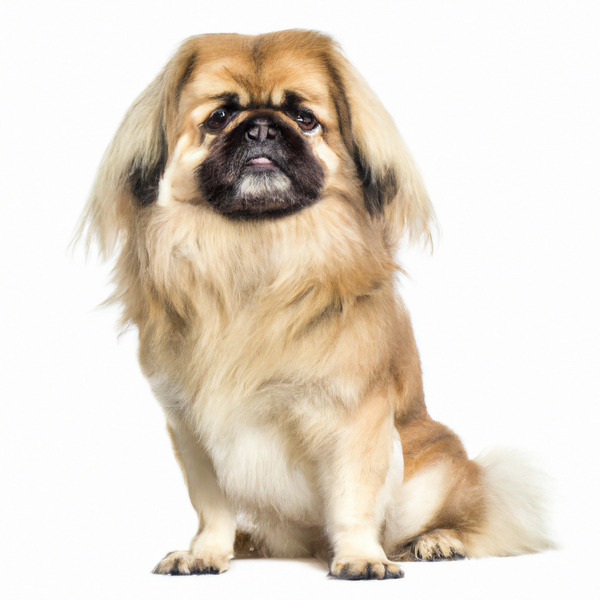
Tibetan Spaniel
Schneagle vs Tibetan Spaniel
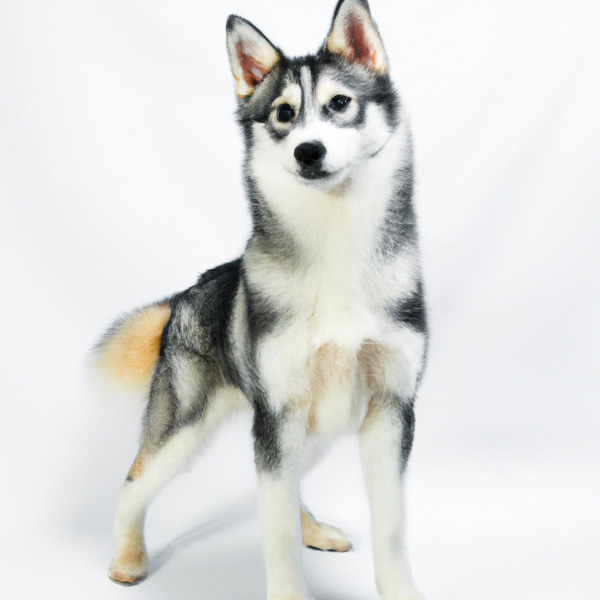
Alaskan Klee Kai
Schneagle vs Alaskan Klee Kai
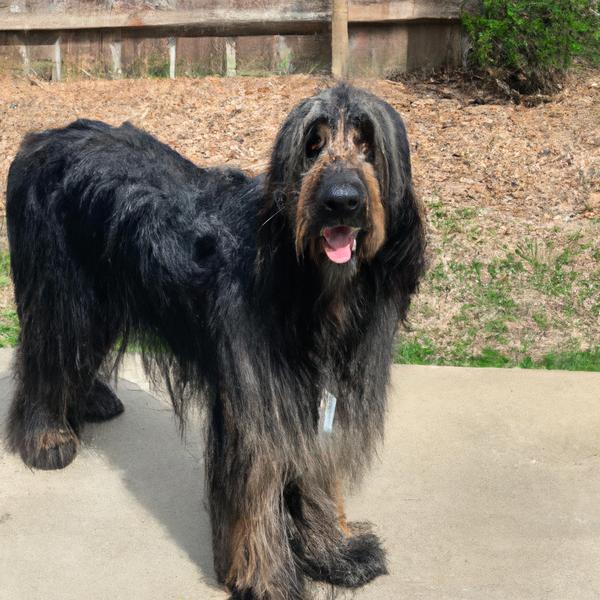
Black and Tan Coonoodle
Schneagle vs Black and Tan Coonoodle
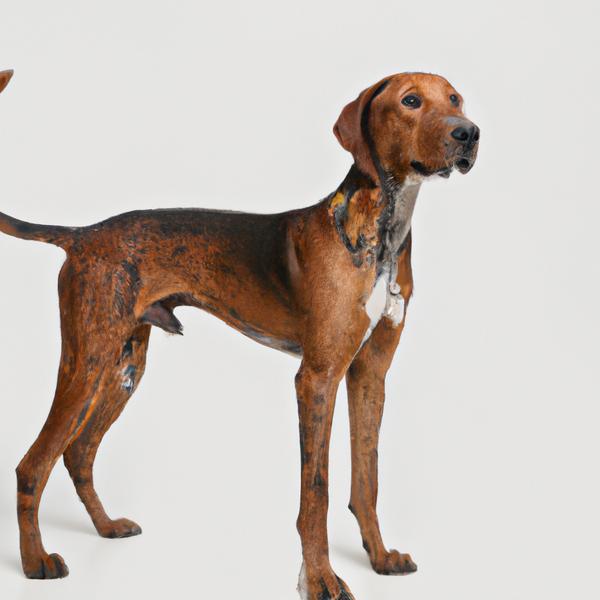
Pointer Bay
Schneagle vs Pointer Bay
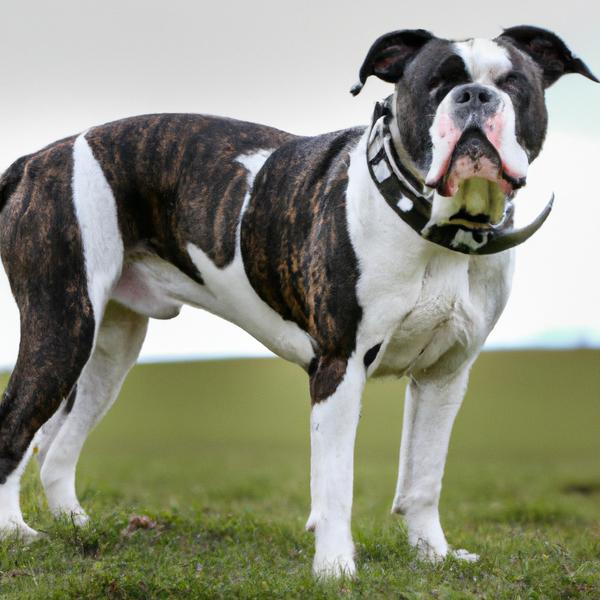
English Bull Springer
Schneagle vs English Bull Springer

Shi-Beagle
Schneagle vs Shi-Beagle
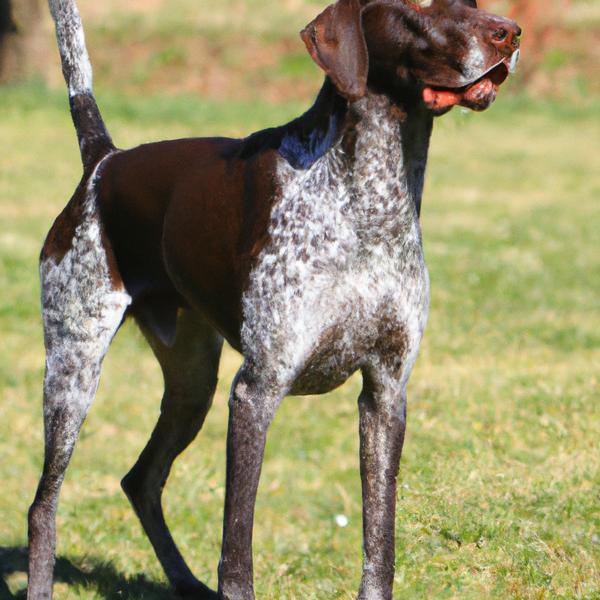
German Shorthaired Pointer
Schneagle vs German Shorthaired Pointer
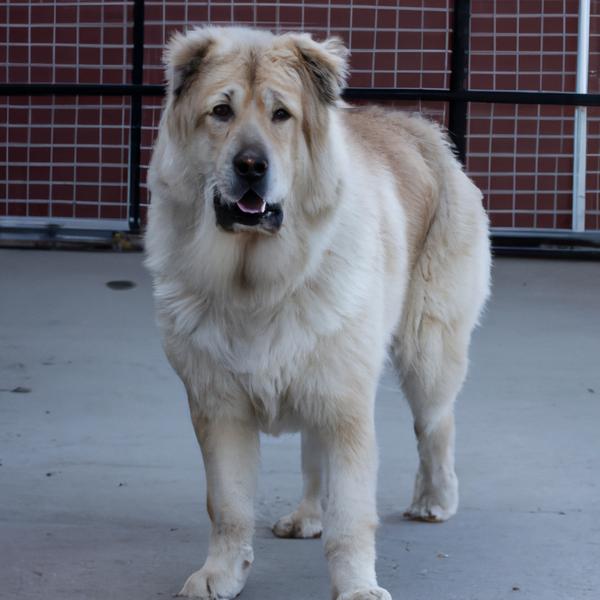
Wheaten Eskimo
Schneagle vs Wheaten Eskimo

Ratshire Terrier
Schneagle vs Ratshire Terrier
